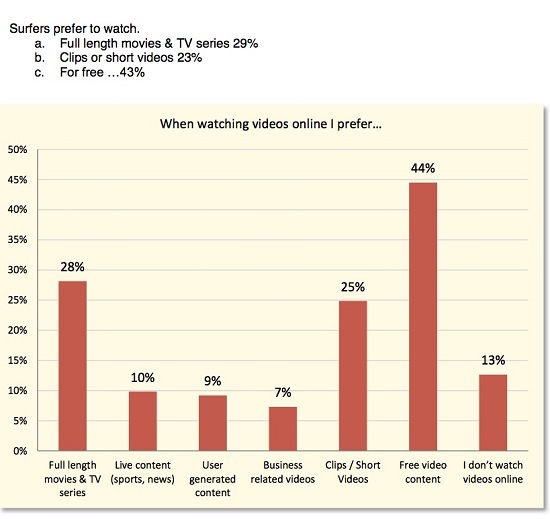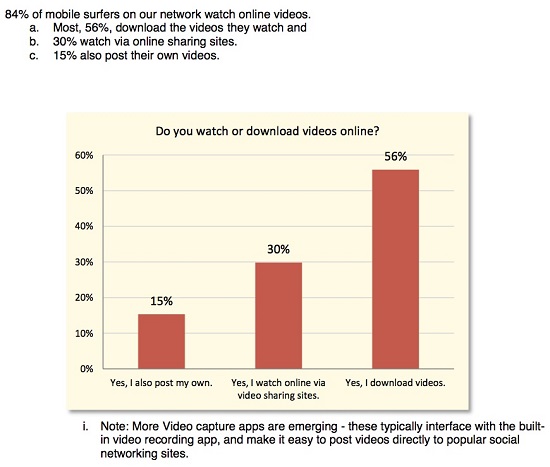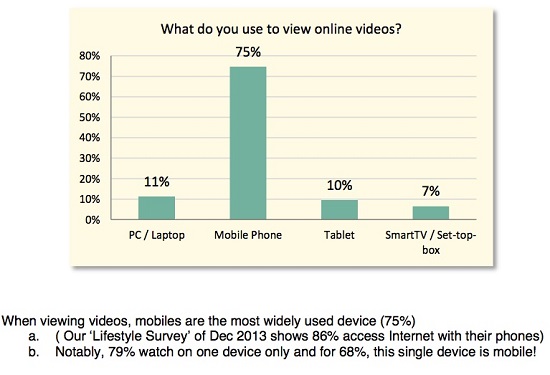Thailand, Indonesia smartphone growth hampered by cost: BuzzCity
By Edwin Yapp December 10, 2014
- As smartphone adoption rises, two SEA nations face handset cost challenges
- Creating compelling mobile ‘moments,’ storytelling key to marketing success
 DESPITE the overall rise in smartphone adoption and video consumption in the South-East Asian region, emerging economies such as Thailand and Indonesia are expected to struggle to grow further because of the high costs of handsets, according to BuzzCity.
DESPITE the overall rise in smartphone adoption and video consumption in the South-East Asian region, emerging economies such as Thailand and Indonesia are expected to struggle to grow further because of the high costs of handsets, according to BuzzCity.
Dr K.F. Lai (pic), founder and chief executive of the Singapore-headquartered digital advertising and marketing agency, noted that while the smartphone adoption rates in the region have generally grown in the last quarter, consumers in two of the largest countries in the region are struggling to acquire the latest smartphones needed for them to consume video-based new media content.
Speaking to Digital News Asia (DNA) on the sidelines of BuzzCity’s quarterly briefing on the State of the Mobile Internet, Lai said low- to mid-income earners in Thailand and Indonesia just aren’t able to afford smartphones that cost more than US$100.
“Sure there is a section of the economy who are status-conscious and will fork out between US$200 and US$300 for a Samsung [or equivalent] smartphone,” he acknowledged.
“But for these countries, a few tenths of a dollar would make a difference, and for mass market adoption to take place, the affordability for smartphones in these two countries must be between US$50 and US$100,” he added.
In comparison, Malaysia does not seem to have this challenge as smartphone adoption has been growing steadily and more consumers are utilising it for video consumption, Lai said.
Asked if there were other reasons as to why smartphone adoption is expected to be slower in Thailand and Indonesia, he said that based on BuzzCity’s observations, affordability of devices is the only factor.
“Thailand may have a nascent 3G (Third Generation mobile) network, but there are many WiFi hotspots in places like Bangkok; while Indonesia’s mobile broadband packages are extremely affordable due to competition,” he argued.
“So if the price of smartphones comes down, there will be greater adoption,” he argued.
Video on the rise
The BuzzCity State of the Mobile Internet quarterly report covers a wide variety of areas that relate to mobility.
Last quarter, the emphasis was on mobile banking whilst the previous quarter was on mobile commerce. This quarter, the emphasis was on online video consumption.
READ ALSO: Media habits: Enter the binge-watching Malaysians
Based on a recent survey, Lai said there has been a more rapid increase in the mobile video advertising segment. The latest study polled some 5,400 respondents between Aug 24 and Sept 1.
The survey consisted of multiple-choice questions and in many cases, respondents were asked questions offering multiple selections of multiple choices.
The survey covered countries across the Americas, Asia, Africa and Western Europe. In South-East Asia, it covered Thailand, Indonesia, and Malaysia.
According to the survey, some 85% of mobile surfers watch online videos, with 80% of these viewers using the mobile handsets as their sole viewing device.
Top on their viewing list are free-to-view videos (62%), clips and short videos (19%), full-length movies and TV series (19%), and user generated content (14%).

The survey also revealed that at least 23% watch online videos daily and another quarter (27%) watch a few times a week.
The study also expects web videos and web series to play a crucial role in how consumers will experience entertainment in the very near future.
The survey noted that most videos (62%) are downloaded for viewing but 27% is streamed from video sharing sites (including premium video sharing sites with paid-content).

As with e-commerce, the key factors driving the popularity of online videos are variety (35%), immediacy (24%), and customisation (38%), the report said.
Asked what the broader implications of BuzzCity’s latest study were, Lai said that the survey showed that consumers are leading the way as far as what they choose to do with their mobiles.
He noted that a year ago, the jury was still out as to whether consumers were using their tablets or mobiles to view video although there was a clear trend of media consumption moving from other forms of media to digital media.

“The conclusion that can be drawn from the increase in the frequency of viewing video throughout the day, as well as them doing so more on their mobiles a year later, shows that consumers have chosen to consume in a more personal way.
“It also shows that video content is the preferred way of consuming media, with mobile screen size getting larger and bandwidth getting more affordable,” he argued.
Quizzed as to what this meant for companies, Lai stressed that marketers need to capitalise on using video to produce “compelling and creative content” as consumers are engaging differently, and that they are no longer just viewing broadcast television.
“The rise of online videos has led some brands to adapt and become producers and sponsors of their own original content and not just repurposing TV commercials.
“Companies must capitalise on the ‘golden age’ of marketing – that is to create compelling stories that resonate with people and that mean something to them.
“It’s more important to create memorable moments with which your brand can be associated, rather than just targeting the mass market with your brand,” he said.
 Similar trends seen
Similar trends seen
The conclusion of the BuzzCity report generally tallies with other studies conducted by others.
For instance, market researcher TNS noted that consumers engage with brands in different ways today, and that advertisers used to target one group of consumers at any one time – but today, the target is much larger and harder to reach.
Thus, there is a need to approach the consumers in a contextual way in order to capture their attention.
Similarly, a Google-sponsored study noted that while mobile advertising is growing and mobile ads are becoming more mainstream, there is still a lack of a mobile-first mindset in many companies around the region, including Malaysia.
Meanwhile, Forrester Research believes that in 2015, marketing leaders who have embraced the mobile mind-shift will accelerate spending to create an insurmountable gap between themselves – the industry leaders – and the laggards who view mobile as just another channel.
Mobile-shifted marketers will transform their brands’ customer experiences and drive business outcomes by taking a sophisticated approach that focuses on how to activate mobile experiences – “but success stories will be few in number,” it noted in its new research note to marketers.
“In 2015, we will also see marketing leaders who look at mobile as just another channel struggle to deliver results, differentiate their brands, and justify the budgets they need to stay competitive,” the report said.
“Mobile-shifted marketers will strive to build valuable mobile moments that extend beyond mobile phones, apps, and websites and will depend heavily on massively responsive data services and systems of engagement internally.”
Related Stories:
The digital/ mobile revolution: Malaysian marketers are laggards
Mobile advertising growing, needs new approaches: Google
Media fragmentation an opportunity for advertisers: TNS
Asian smartphone use eclipsing the West: Google-TNS survey
For more technology news and the latest updates, follow @dnewsasia on Twitter or Like us on Facebook.


